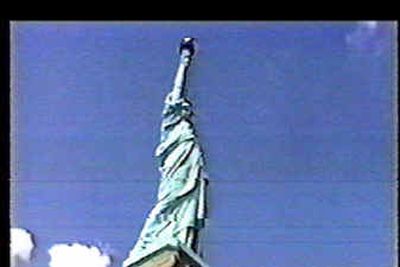Admission of 9-11 trial evidence disputed

WASHINGTON – Prosecutors in the first major terror trial after Sept. 11 were hindered by superiors from presenting some of their most powerful evidence, including testimony from an al Qaeda leader and video footage showing Osama bin Laden’s European operatives casing American landmarks, Justice Department memos show.
The department’s terrorism unit “provided no help of any kind in this prosecution,” the U.S. Attorney’s office in Detroit wrote in one of the memos that detail divisions between front-line prosecutors and their superiors in Washington.
The Detroit case ended last summer with the convictions, hailed by the Bush administration, of three men who were accused of operating a sleeper terror cell that possessed plans for attacks around the world.
A fourth defendant was acquitted, however, and only two of the four men originally arrested were convicted of terrorism charges.
Now the convictions are in jeopardy because of an internal investigation into allegations that defense lawyers were denied evidence that could have helped them.
Whatever the outcome, internal documents obtained by the Associated Press and more than three dozen interviews with current and former officials detail how the differences between Washington and the field office kept important evidence from being shown to jurors.
“We were butting heads vigorously with narrow-shouldered bureaucrats in Washington,” Assistant U.S. Attorney Richard Convertino told AP in an interview. He is the lead Detroit prosecutor who is now under investigation in Washington.
“There was a series of evidence, pieces of evidence, that we wanted to get into our trial that we were unable to do. Things that would have strengthened the case immeasurably, and made the case much stronger, exponentially,” Convertino said.
Some disputes reached high into the Justice Department.